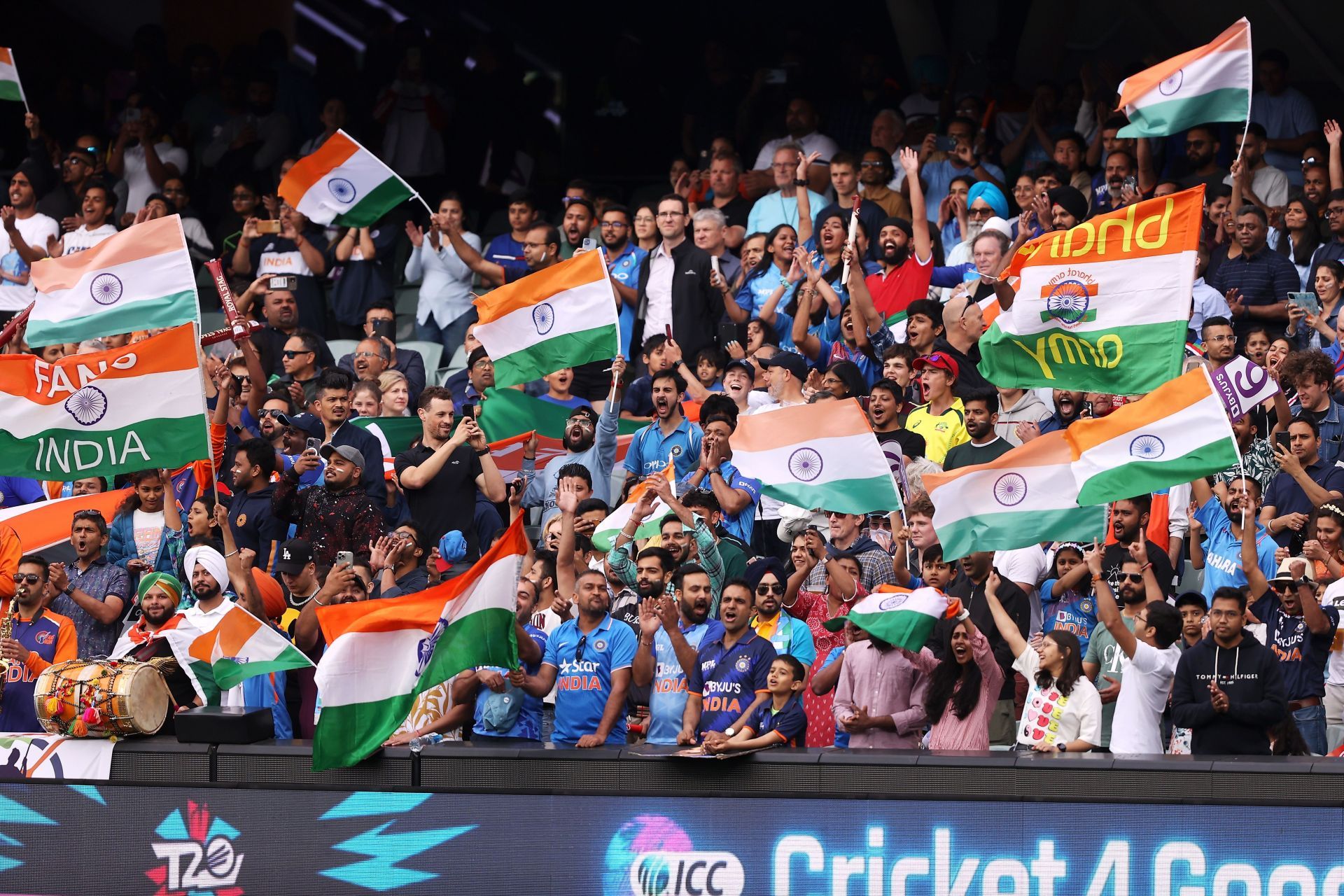
4 things India should do to prepare better for the 2023 ODI World Cup
Former Indian captain MS Dhoni's iconic six at the 2011 ICC ODI World Cup has been etched into the memory of a billion fans of a cricket-crazy nation. The Men in Blue ended the nation's 28-year-old wait for a second World Cup and did it in style by lifting the coveted trophy at home.
India's rise continued over the next few years under MS Dhoni and then Virat Kohli. They performed admirably in the 2015 and 2019 editions in Australia and England respectively, reaching the semifinals in both tournaments.
However, the agony of defeat in the last four pained the fans and they will be hoping the team re-establishes their berth at the top by winning the 2023 ODI World Cup later this year.
On that note, here are four takeaways on what India can do to prepare better for the 2023 ODI World Cup.
#4 Announcing the 20-probables shortlist
Some might consider it too soon, but we feel the think tank has done well by announcing a probables list. It allows the captain and the coach to develop a core and thus improve team chemistry.
India will also benefit from it because the selected players will now have a little more assurance of not losing their spot and hence play more for the country rather than securing their berth on the team.
#3 Using the bilateral tournaments as a practice arena
The Indian team is one of the best on the circuit when it comes to winning the bilateral ODI series. However, the same form does not translate to bigger tournaments. India has been done in time and again, particularly of late, by failing to win crunch moments in multi-national events.
Hence, the think tank's strategy to try new methods and combinations, among other tinkering might affect their bilateral form but it will allow India to develop the right formula to combat their big tournament failures.
#2 Finding able replacements for key players who are
susceptible to injuries
Two of India's biggest assets are Jasprit Bumrah and Ravindra Jadeja. Both players are exceptionally talented and amongst the best in the world, but their injury issues of late is a cause of concern for India.
Bumrah has missed more matches than he has played since 2020 while Jadeja is currently recovering from a long-term injury. With less than 10 months left before the gala event, India needs to find players who can fill their shoes come the World Cup.
Mohamed Siraj has done extremely well to fill the void left by Bumrah. Axar Patel, who is a like-for-like replacement for Jadeja, is yet to prove his value to the team on a regular basis.
#1 Not using the Indian Premier League form as a sole parameter to be selected for ODI cricket
While there is no hard and fast rule suggesting that a thriving T20 player cannot become a good ODI cricketer, the case for it does seem overly pushed, particularly in Indian cricket of late.
The roaring success of the Indian Premier League (IPL) has seen management give debuts to players who perform well in the cash-rich league. The problem here is that the IPL only lasts for 14-16 games per year, which is not enough time to gauge a player's consistency.
Hence, their little success can prove to be a deceptive parameter, which in turn ruins both the player's confidence on the international stage and brings failure to Indian cricket.
Moreover, T20 as a format is extremely different from ODI cricket, despite both being played in limited overs. ODI cricket requires players who can sustain the pressure not just for 2-3 hours but thrive over a period of 10 hours.
Unlike T20, it is not always necessary to play a swashbuckling inning or rage in at 150+ in ODI cricket. This format requires more discipline, patience, and the know-how of when to change gears over a longer duration. Hence, the BCCI will have to be smart about not accepting IPL success as a premise while choosing their final squad for the 2023 ICC World Cup.